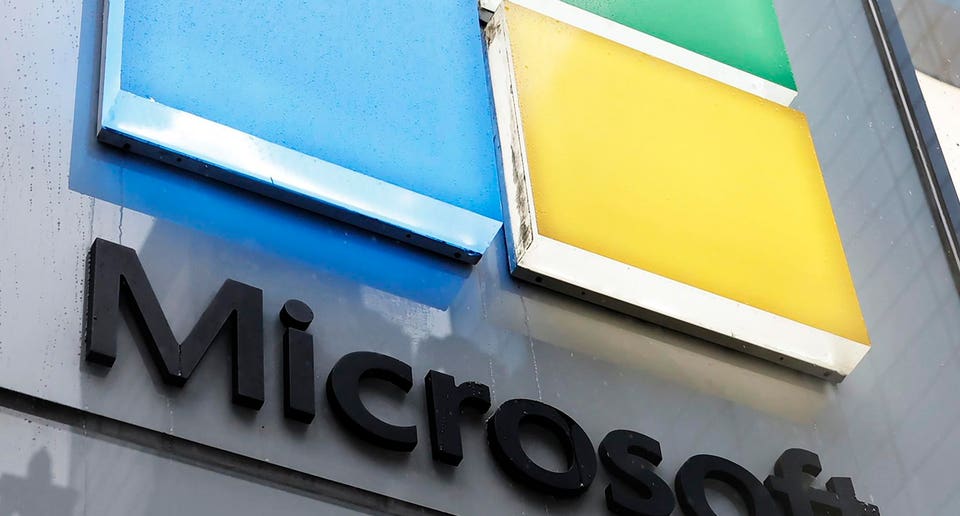What Windows 10 End of Life Means for Home and Business Users

As Microsoft prepares to end support for Windows 10 on October 14, 2025, millions of users are wondering what happens next. The announcement of Windows 10 end of life has major implications for personal, business, and even educational devices. Understanding your options now will help you plan ahead and avoid disruption.
What Does Windows 10 End of Life Mean?
"End of life" means that Microsoft will stop issuing free security updates, bug fixes, and technical support for Windows 10. Devices running Windows 10 will still work, but they'll become more vulnerable to malware, ransomware, and cyber-attacks as threats evolve. Unsupported operating systems can create significant risks, especially for organizations handling sensitive data.
Changes for Microsoft 365 and Popular Applications
Initially, Microsoft announced that apps like Microsoft 365 (Word, Excel, Outlook, etc.) would also lose support on Windows 10 as of the end-of-life date. However, the company has since extended security fixes for Microsoft 365 apps on Windows 10 through October 2028.
As reported by Forbes and The Register, this change gives users three extra years to receive updates for their Office applications, but only for security issues. Feature updates and full technical support may still be limited. If a problem occurs that only affects Windows 10, Microsoft support will likely recommend upgrading to Windows 11.
For more on these application changes, review the detailed coverage by Ars Technica.
Should You Upgrade or Consider Alternatives?
Upgrading to Windows 11 is the recommended path for users whose PCs meet the system requirements. Windows 11 offers performance, security, and productivity enhancements. However, not all devices can be upgraded due to hardware limitations like the requirement for TPM 2.0.
If your computer can’t run Windows 11, you have several options:
- Purchase Extended Security Updates (ESU) for Windows 10. This option extends security patches for a fee, ideal for businesses that need more time to transition.
- Switch to an alternative operating system such as Linux. Community projects and organizations are making it easier to migrate older hardware to a supported Linux distribution, keeping devices in use and reducing e-waste.
For a deeper look at how these decisions affect different types of users, check out the analysis from The Register.
Preparing for Windows 10 End of Life
Here are some steps to consider before support ends:
- Back up your data and ensure you have copies of important files.
- Check device compatibility for Windows 11 using Microsoft’s PC Health Check tool.
- Review and update critical software to make sure everything runs smoothly.
- Evaluate other OS options if upgrading isn't possible, or if you're interested in exploring open-source solutions.
Key Takeaways and Next Steps
The Windows 10 end of life deadline is coming soon, but Microsoft is offering some leeway by extending security updates for Microsoft 365 apps to 2028. Still, the clock is ticking for the core operating system, which makes it essential to have a migration plan.
Don't wait until the last minute. Review your devices, consider your upgrade paths, and make sure your data and applications remain secure. For ongoing updates and tips, read the latest reports and expert advice from Forbes and other trusted tech news sites.